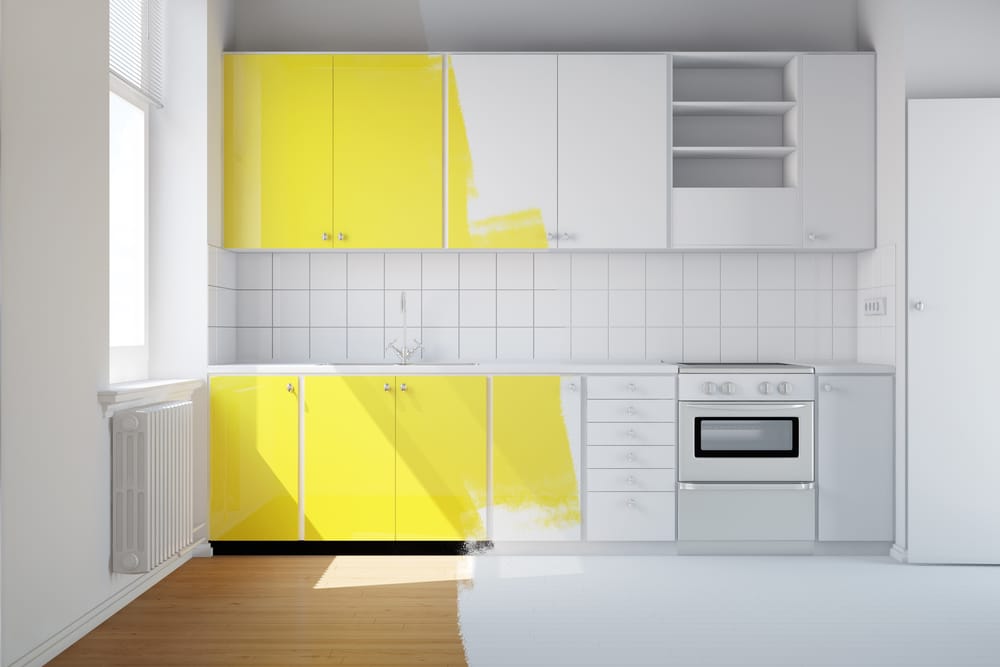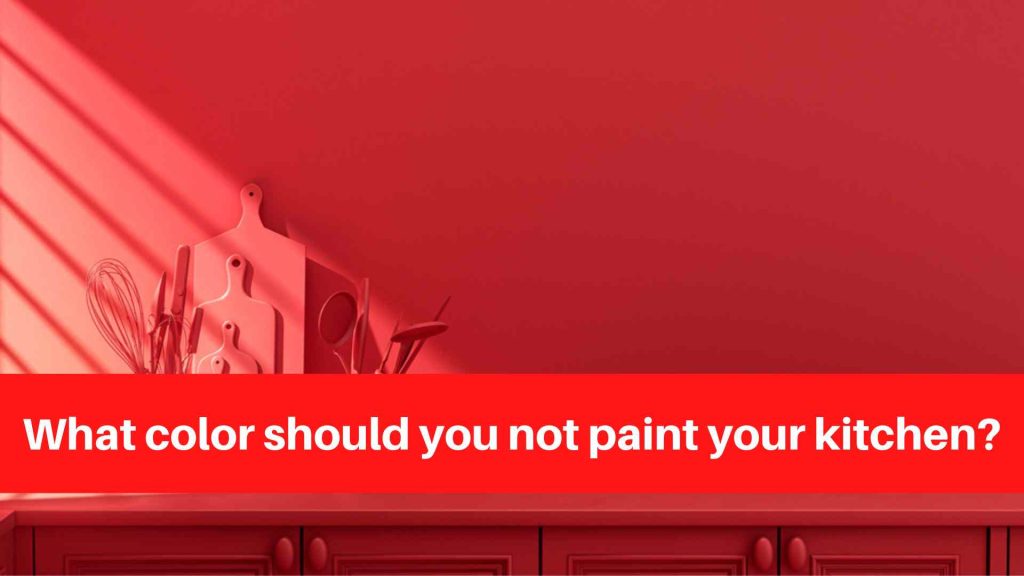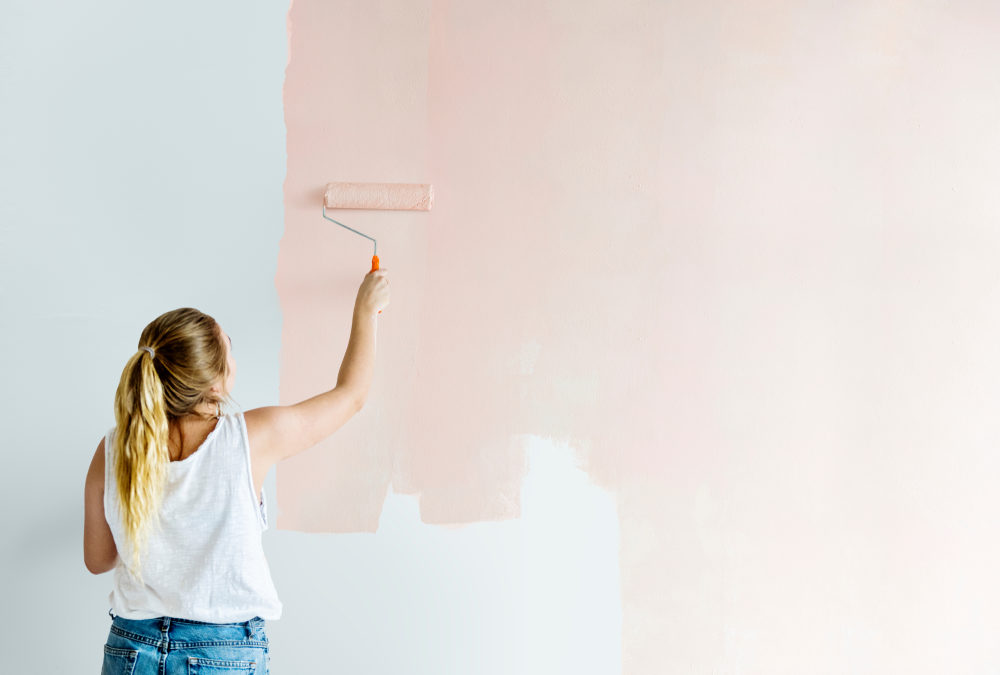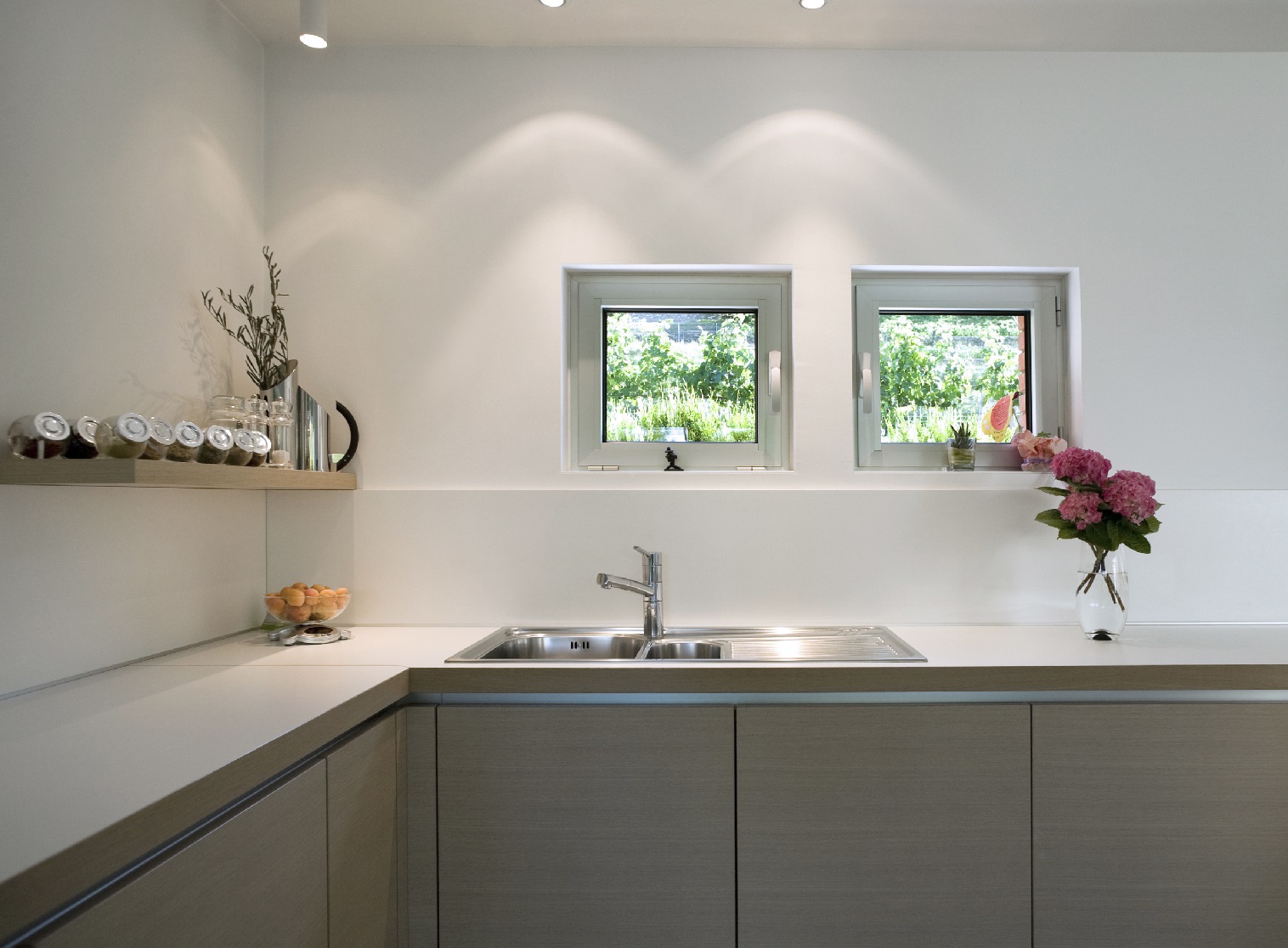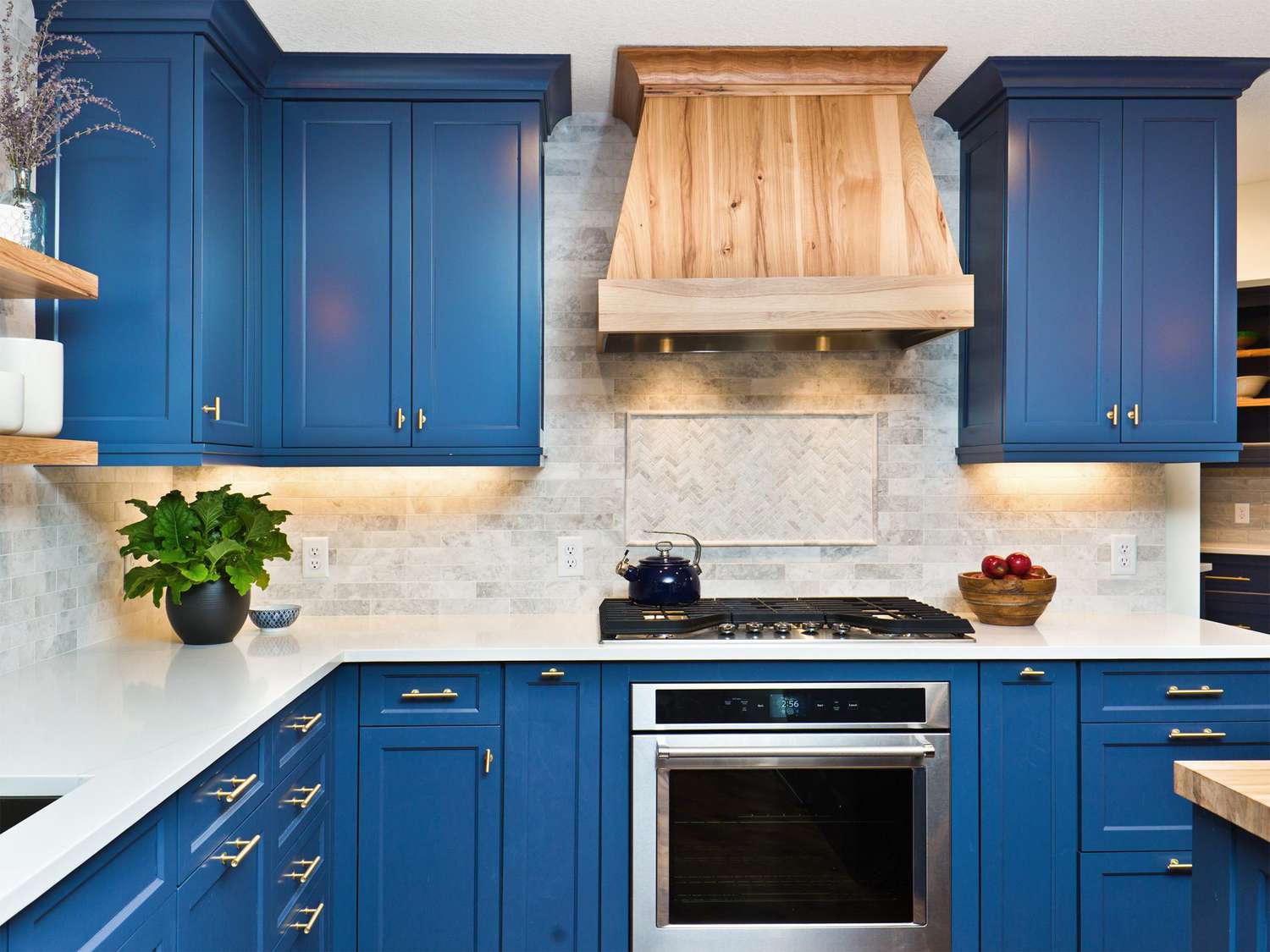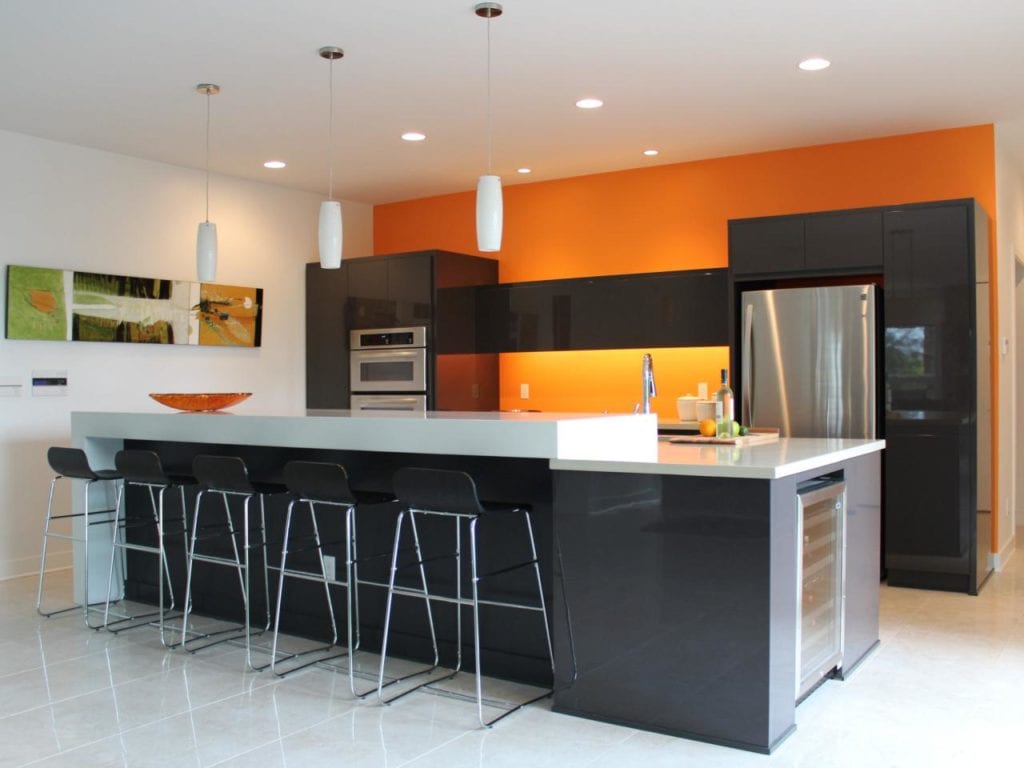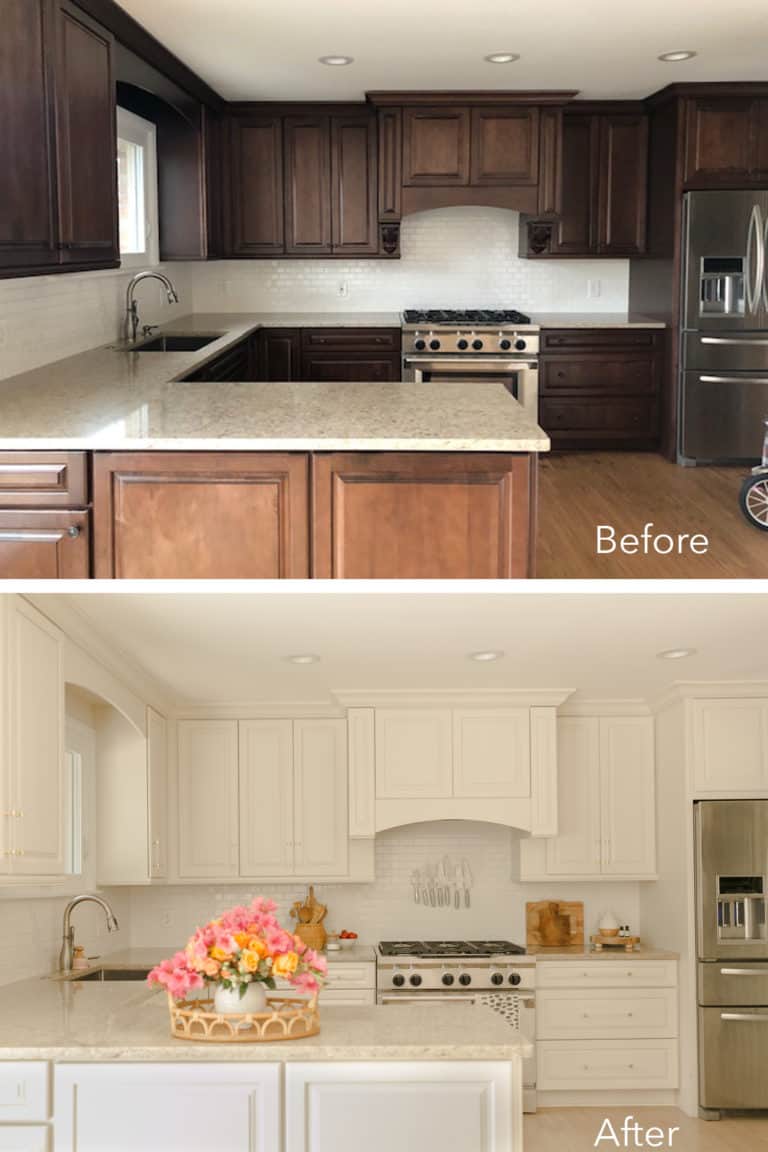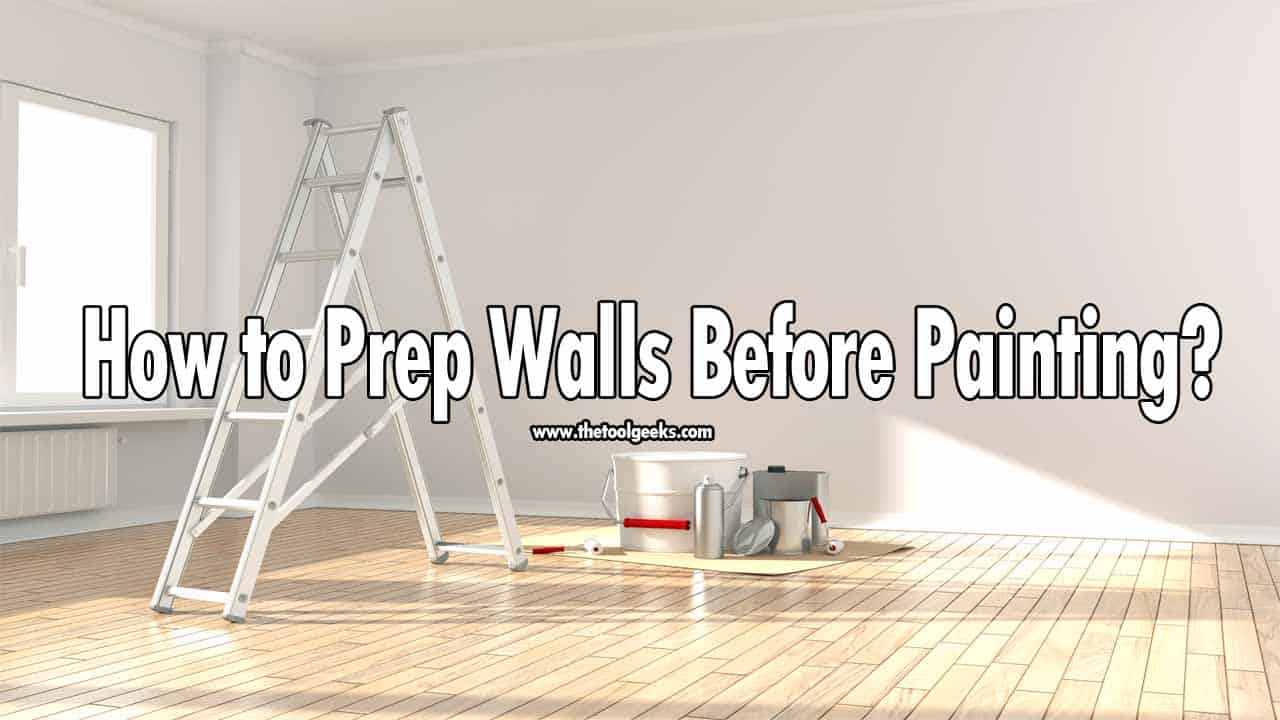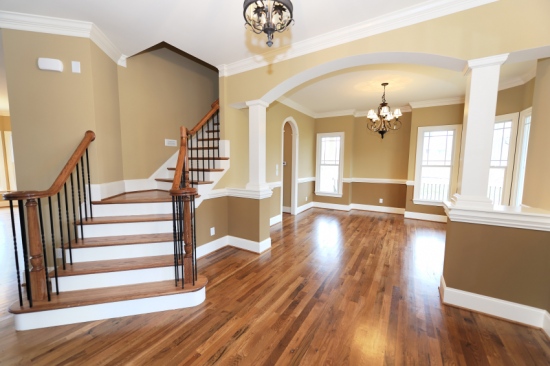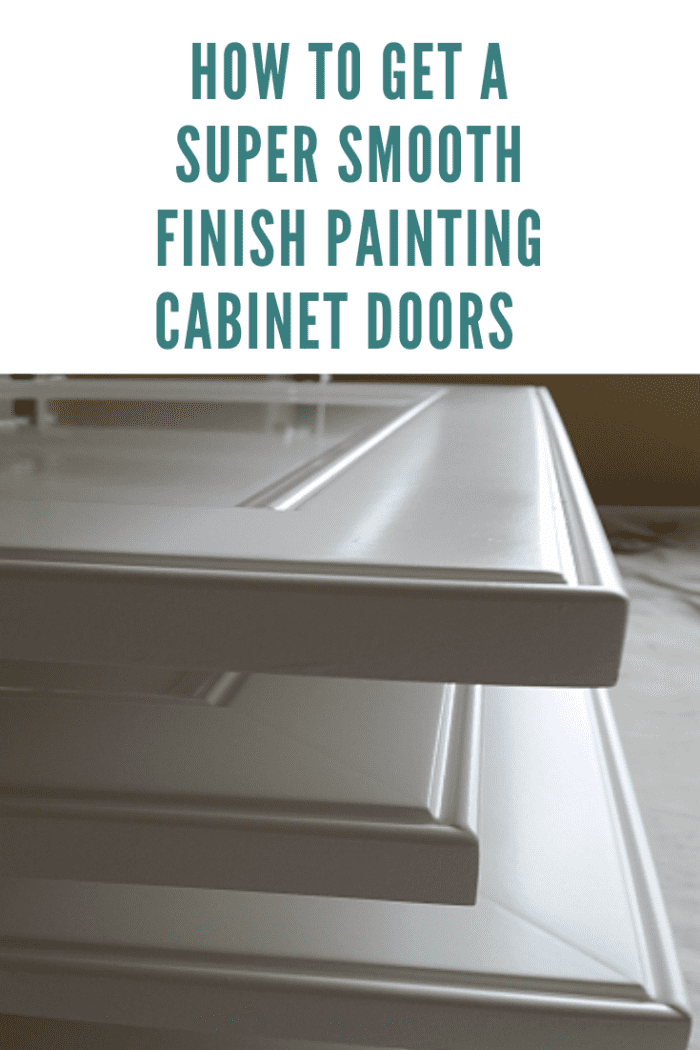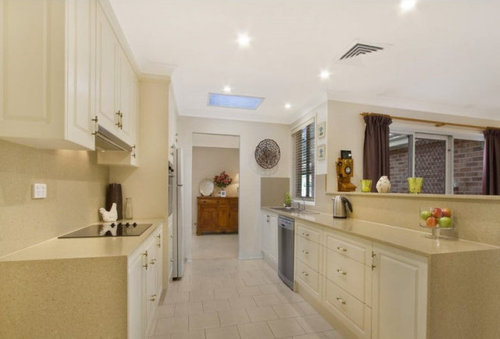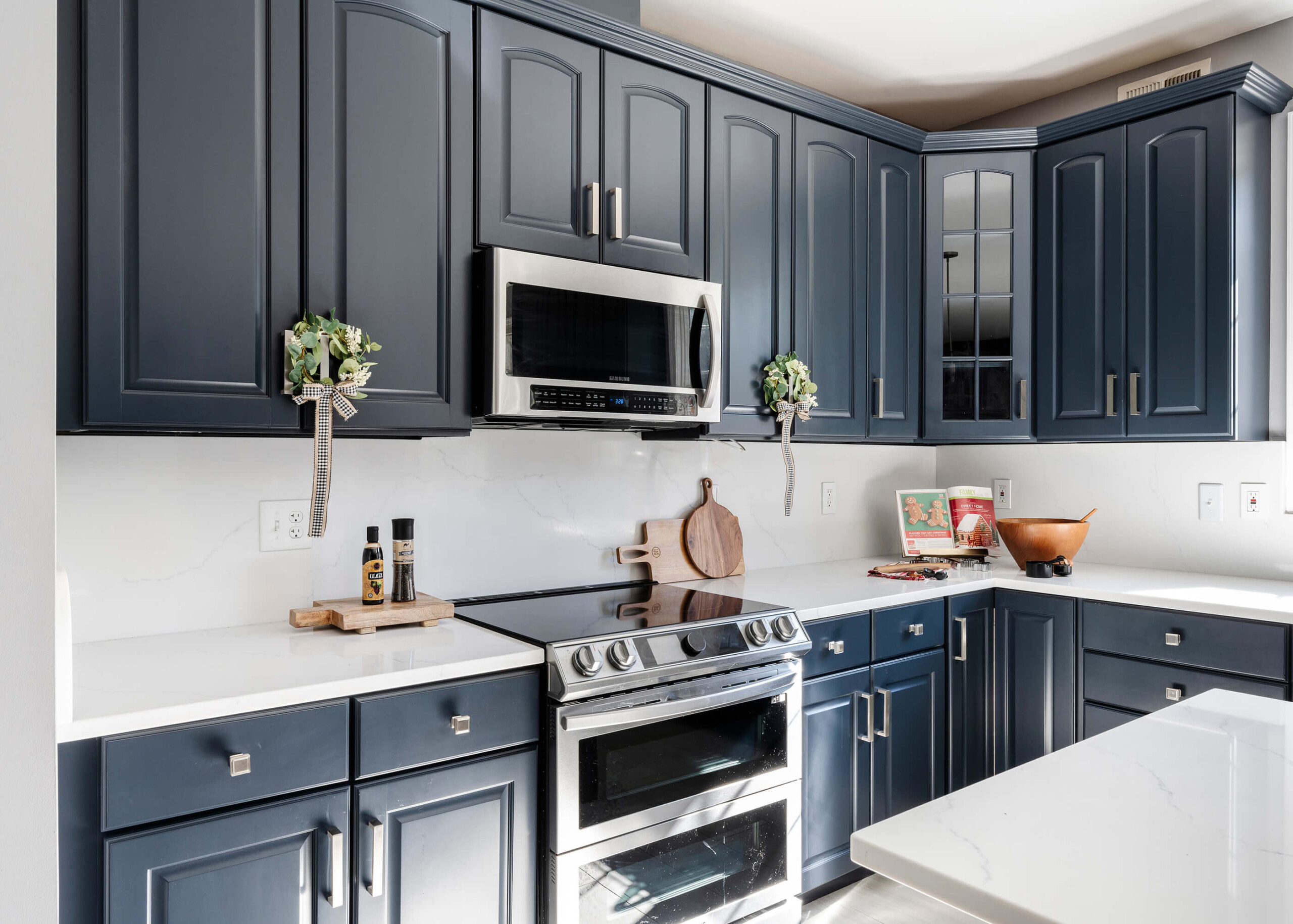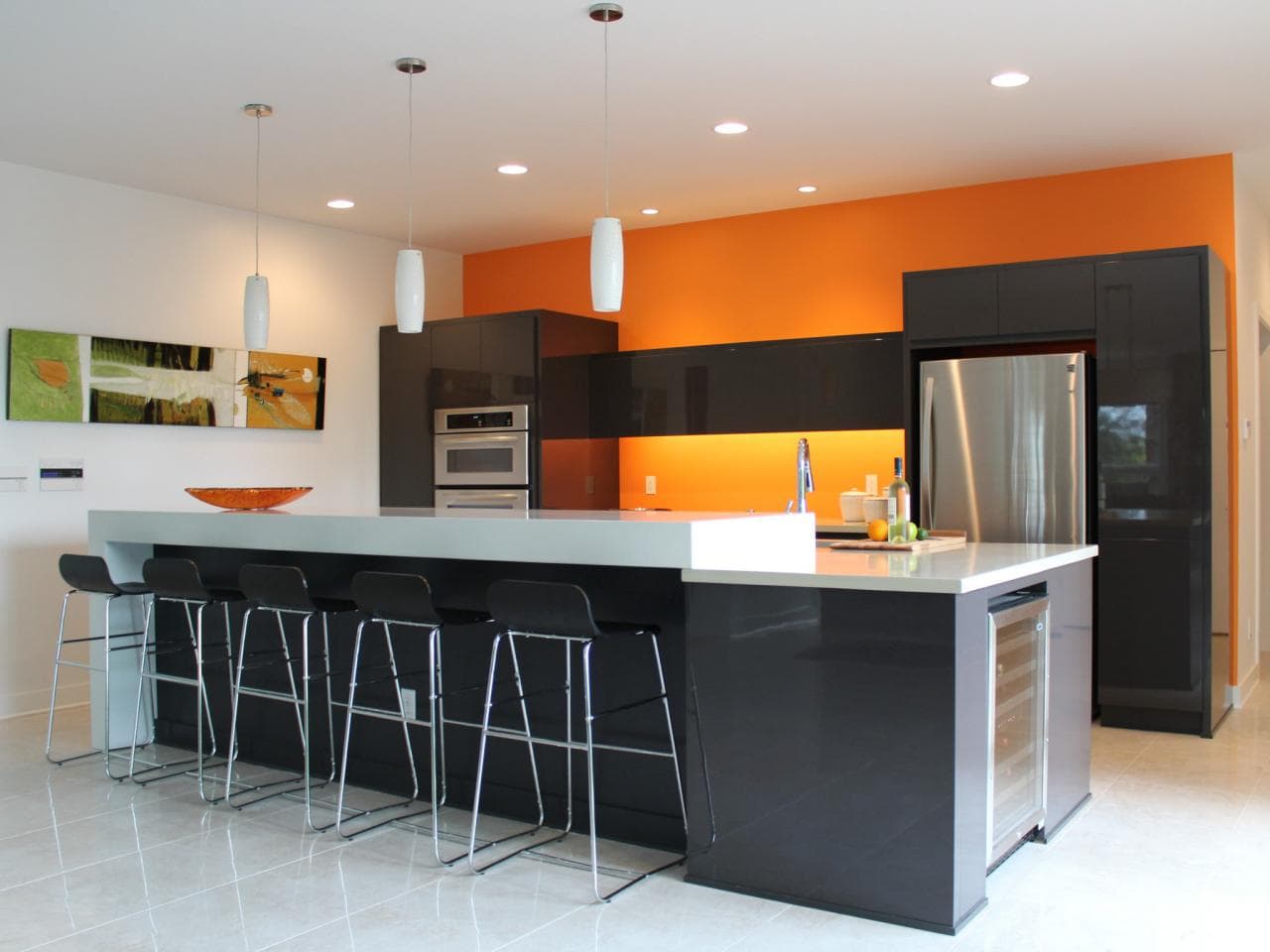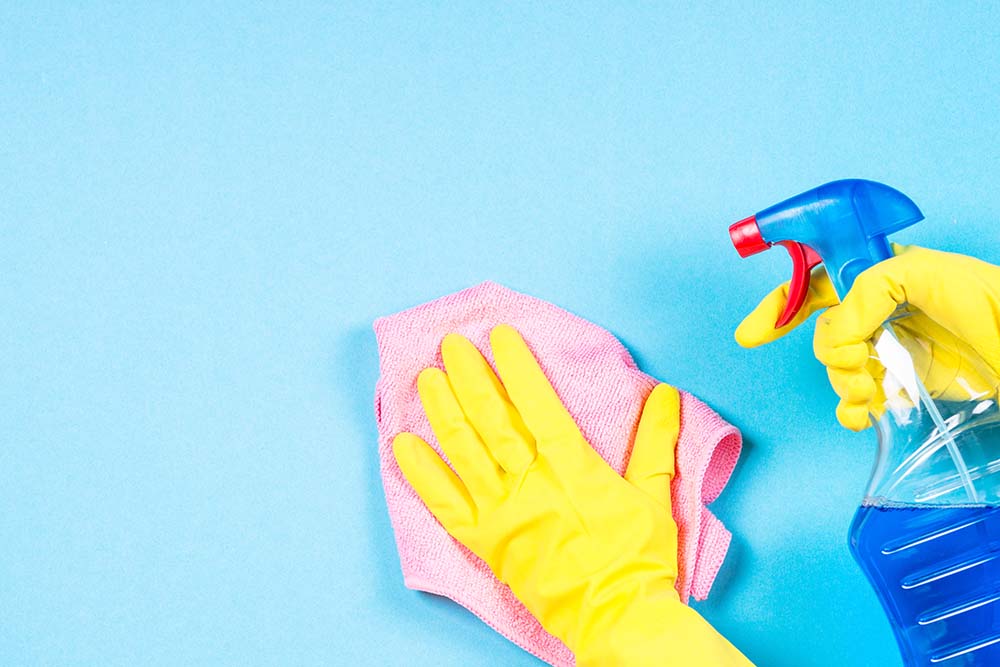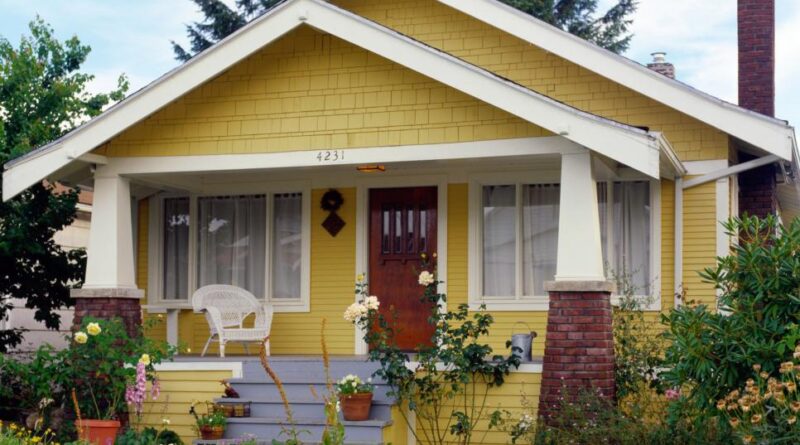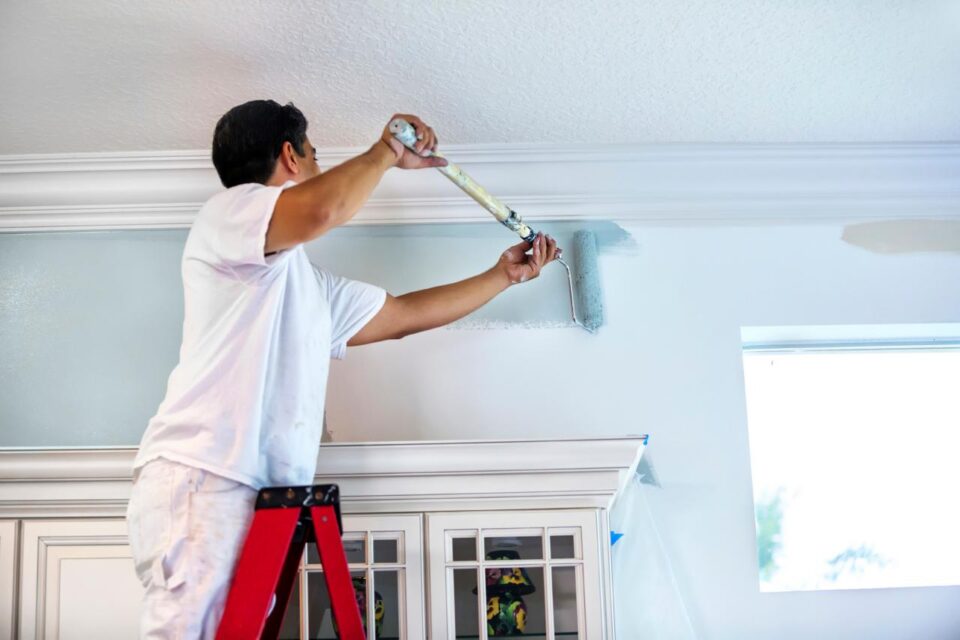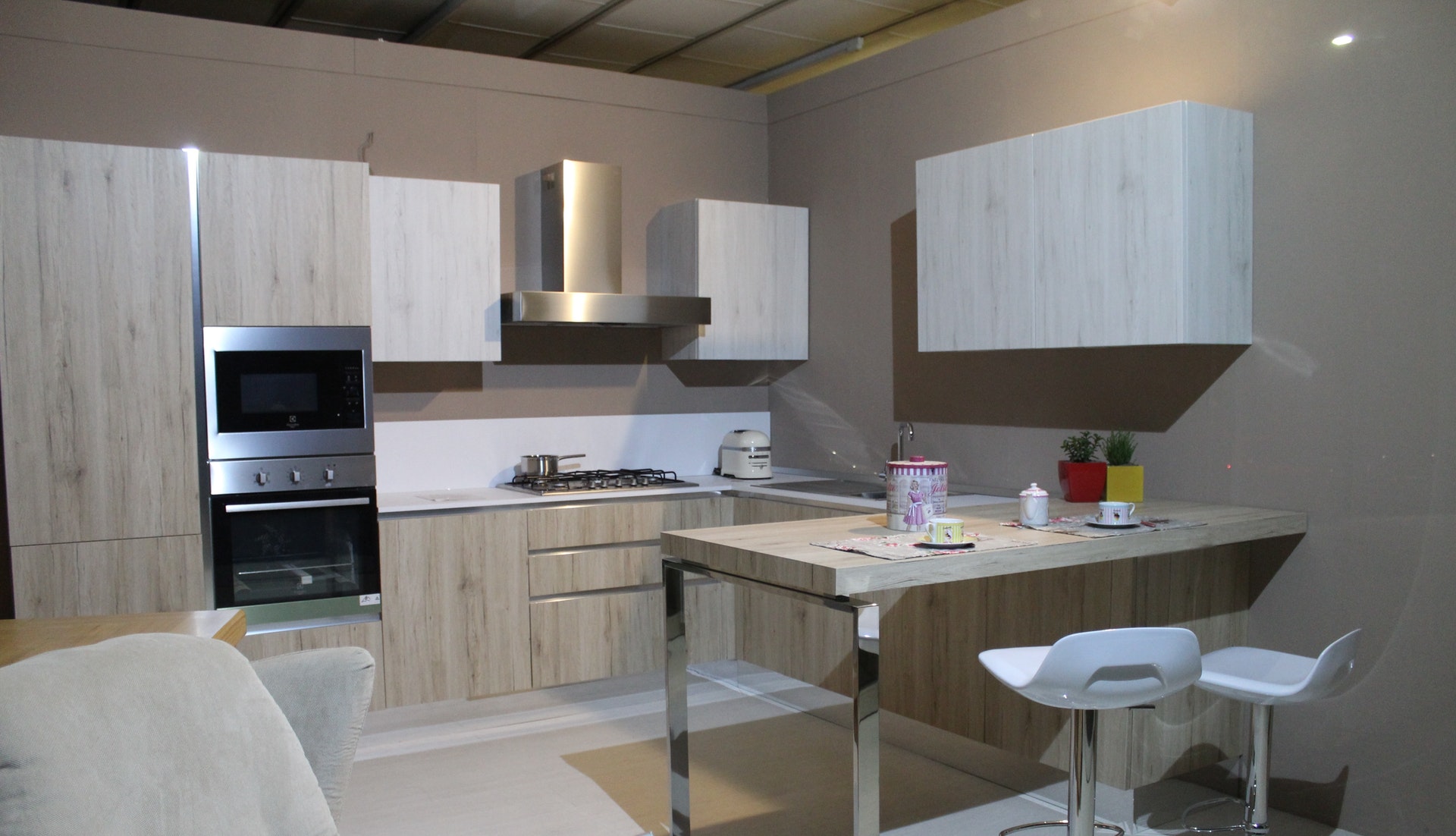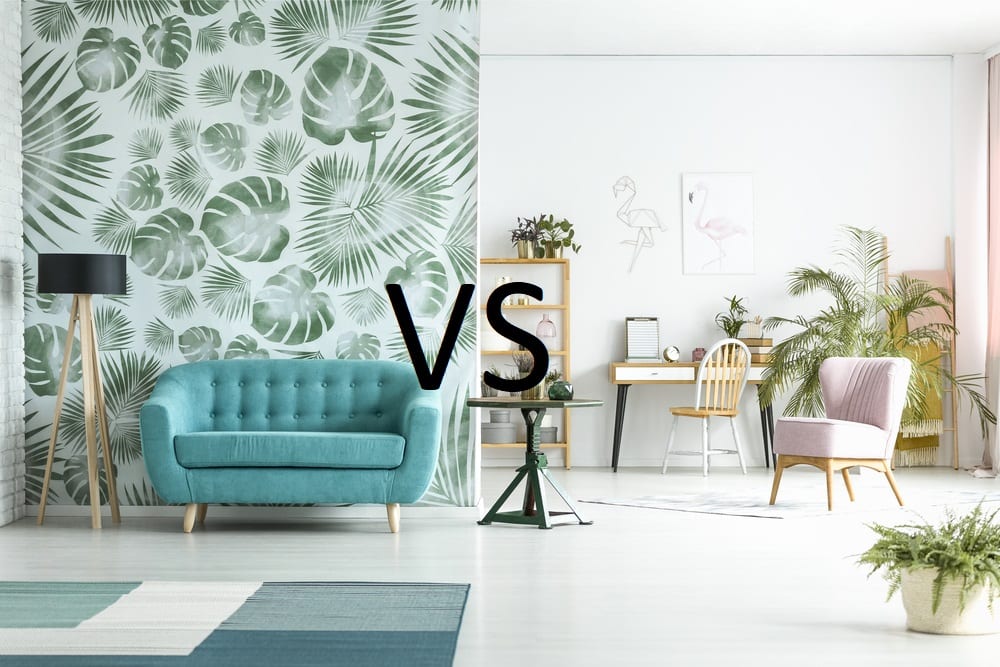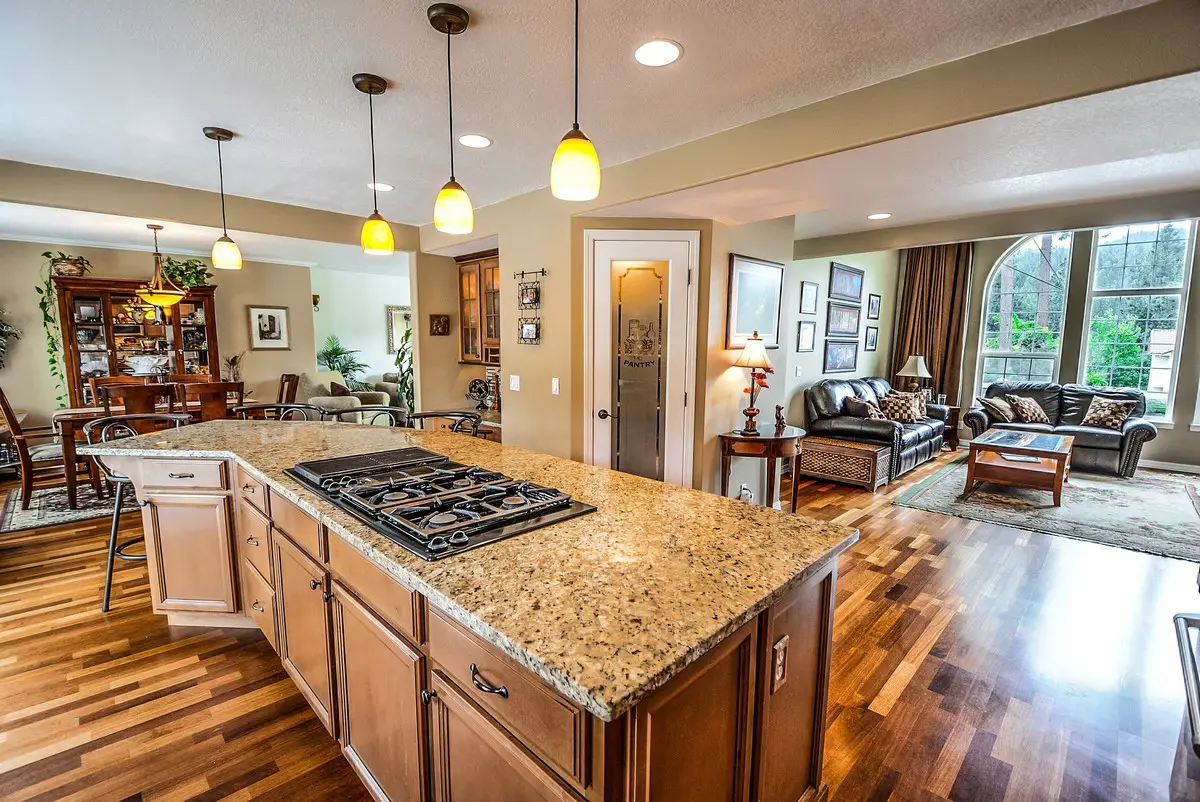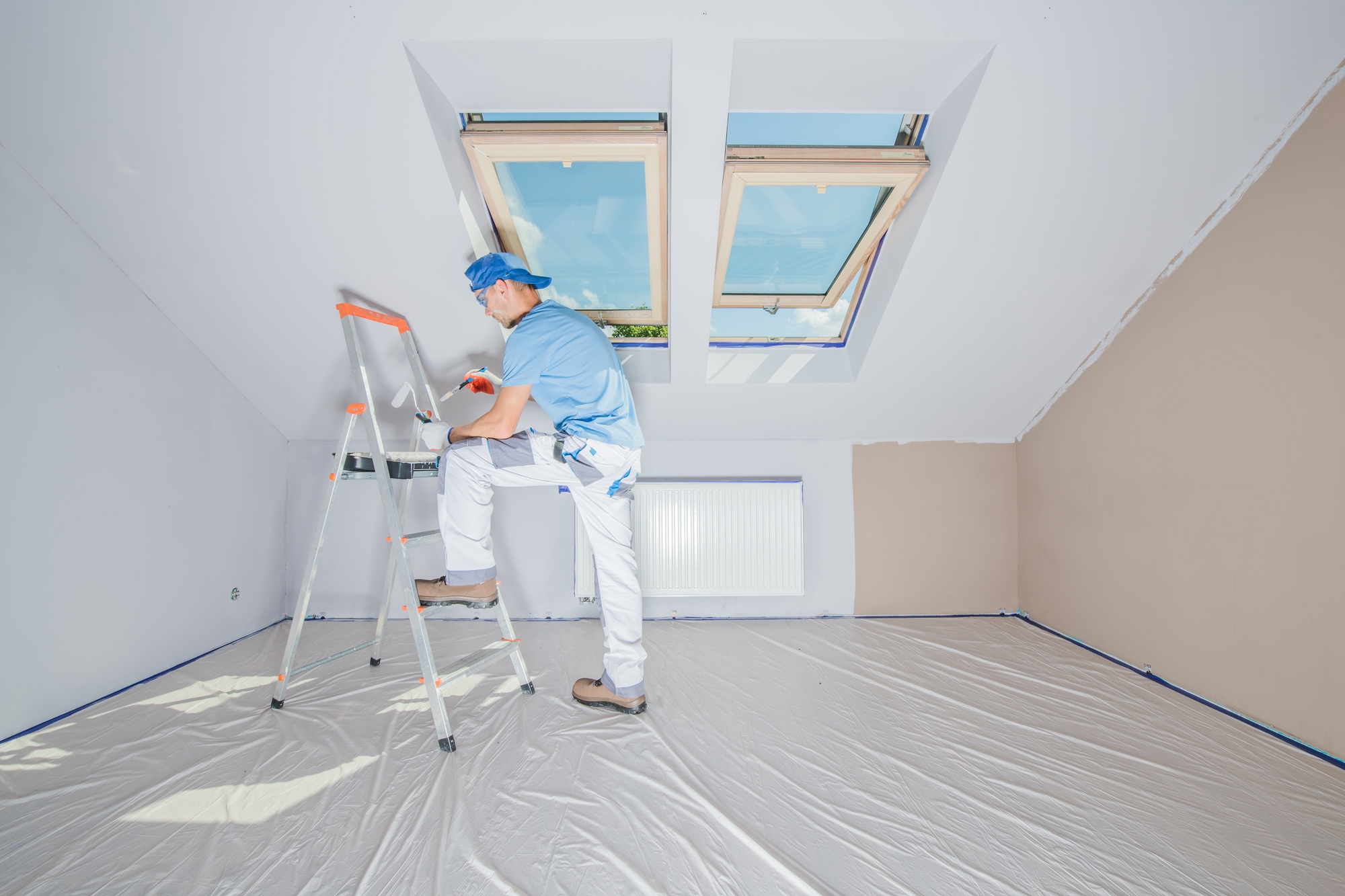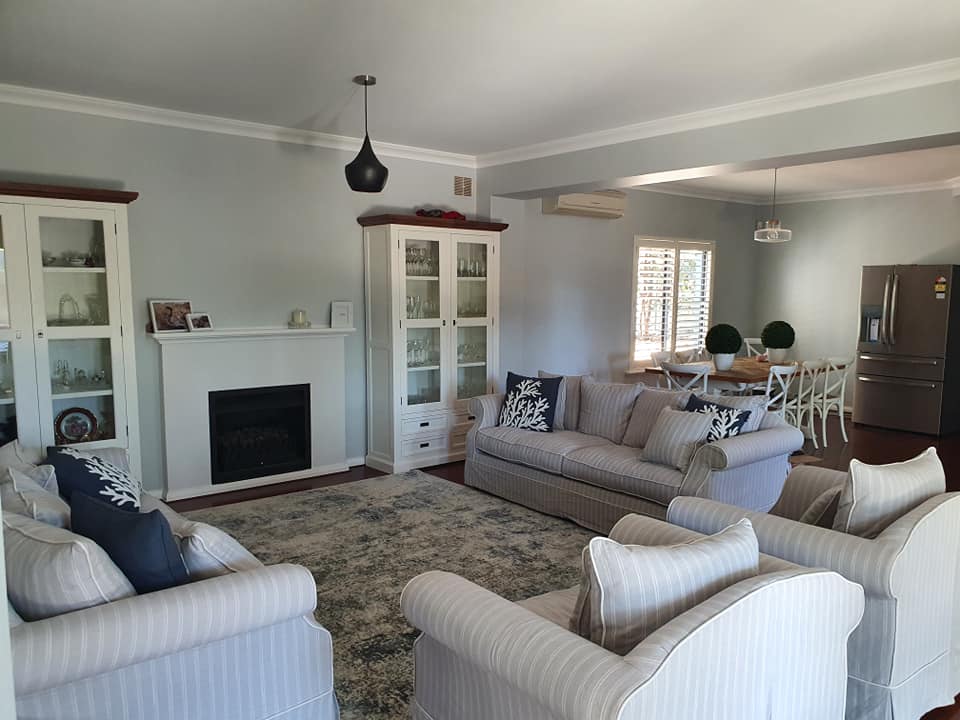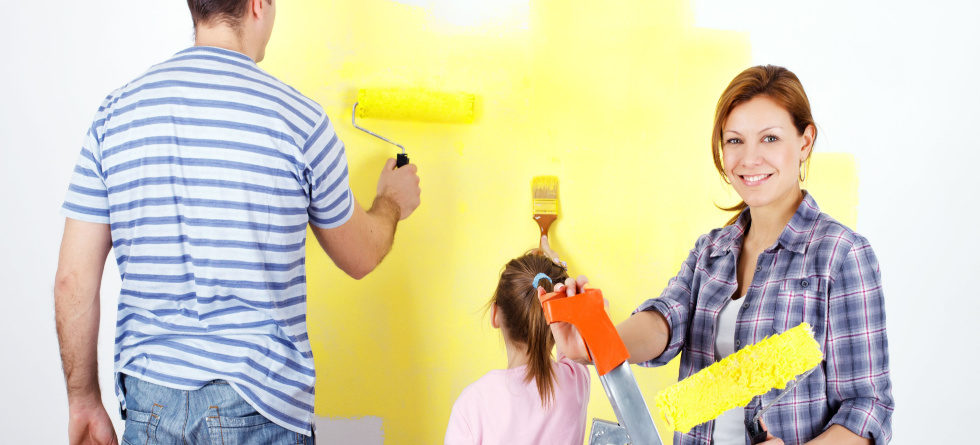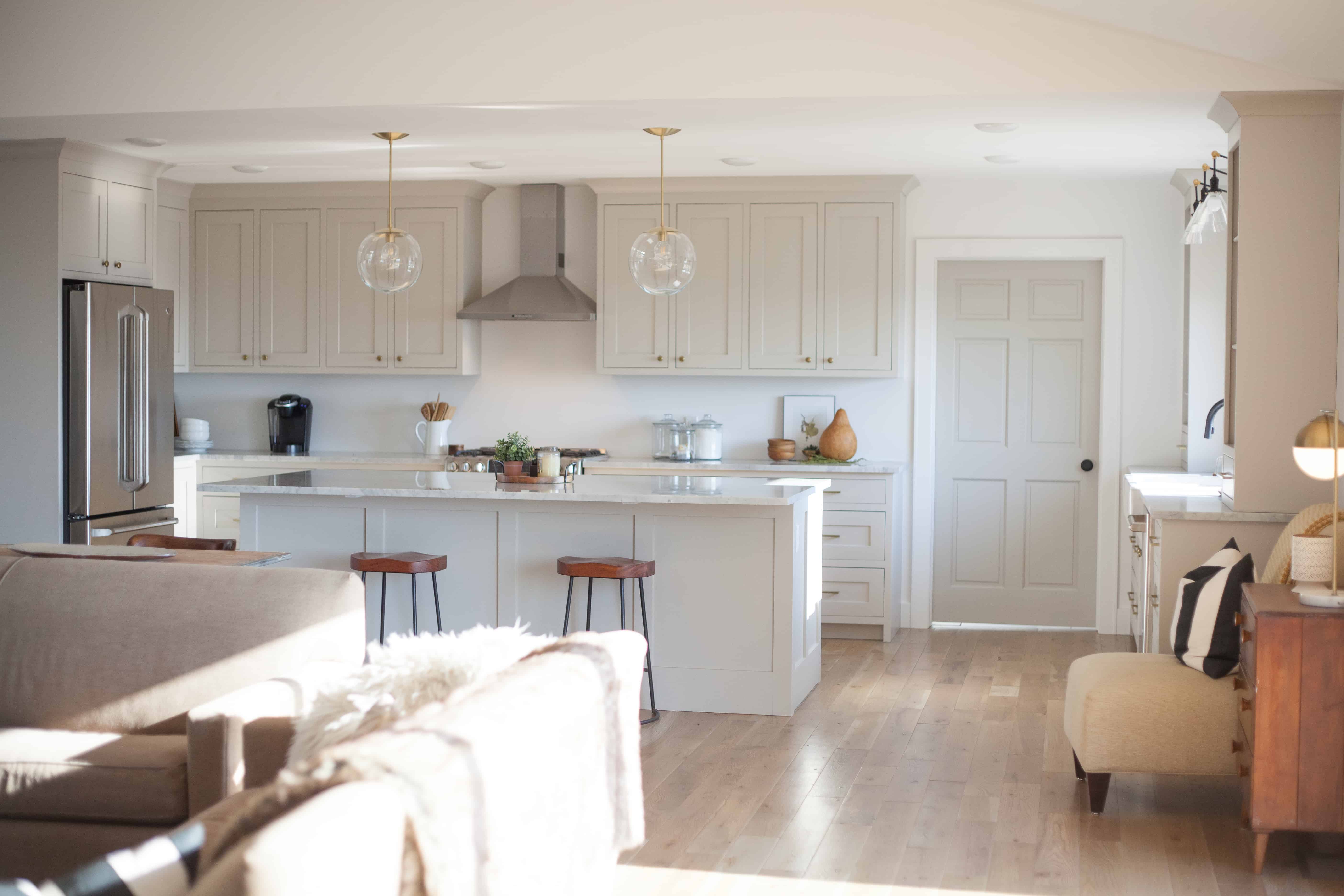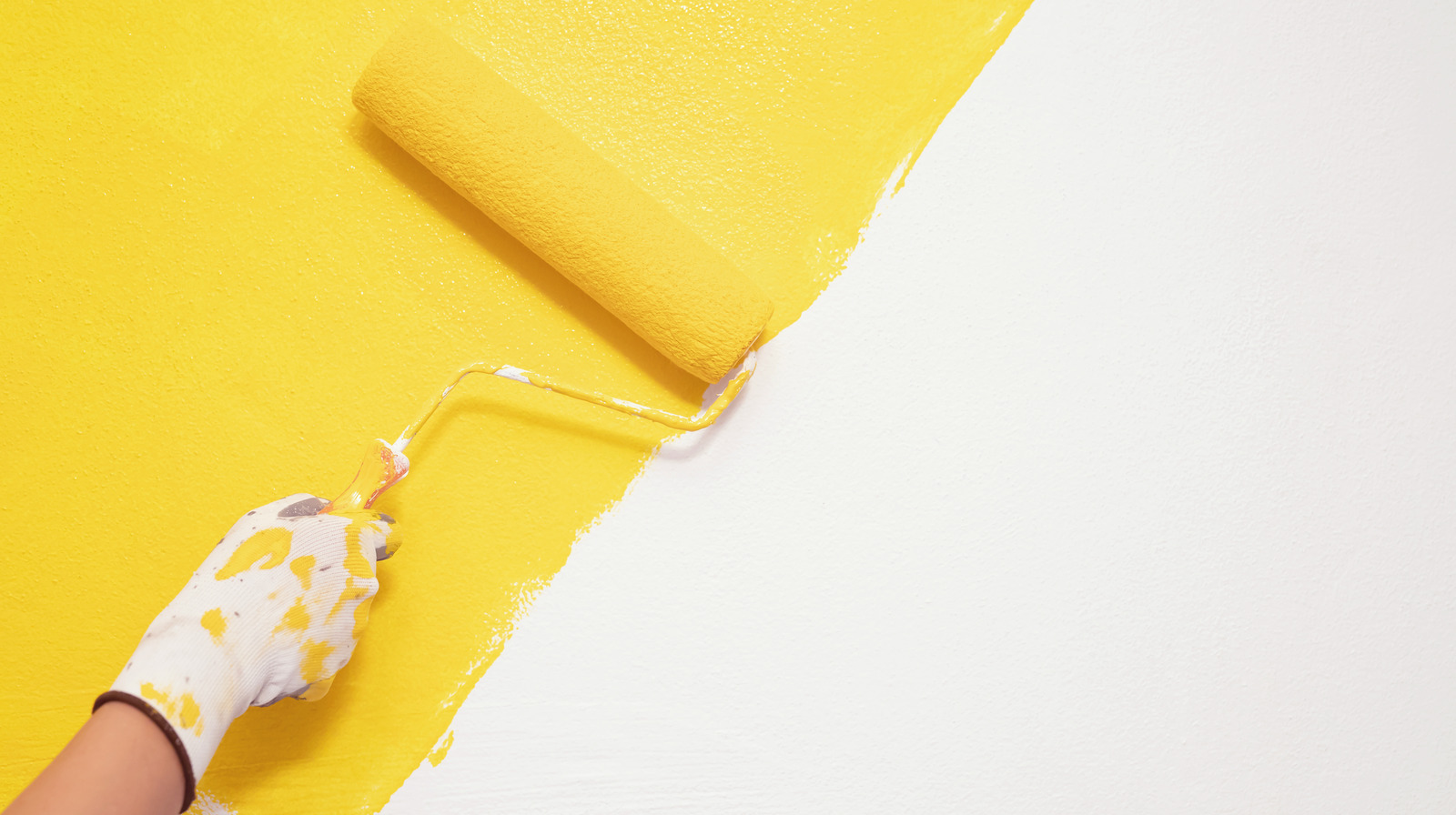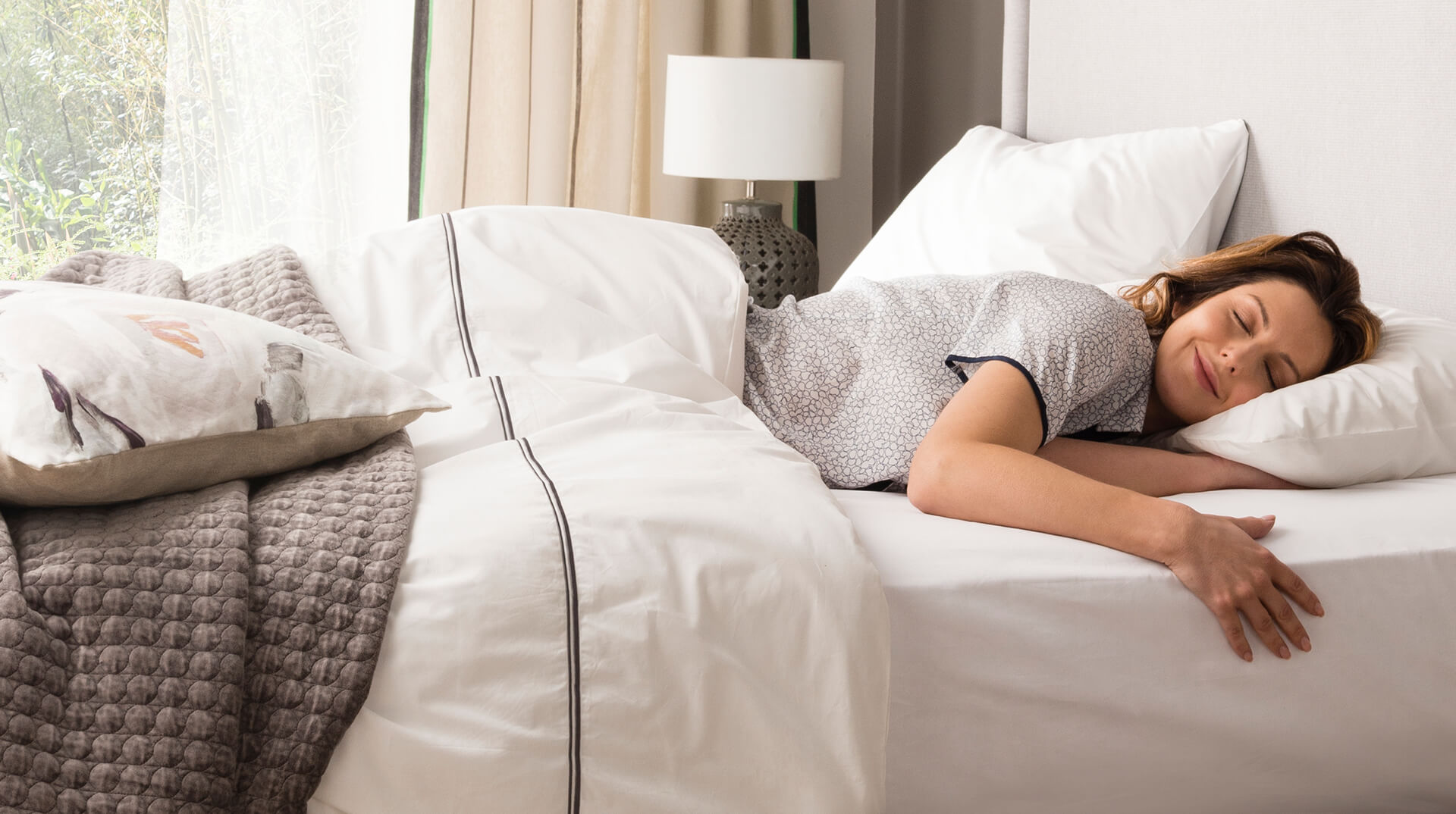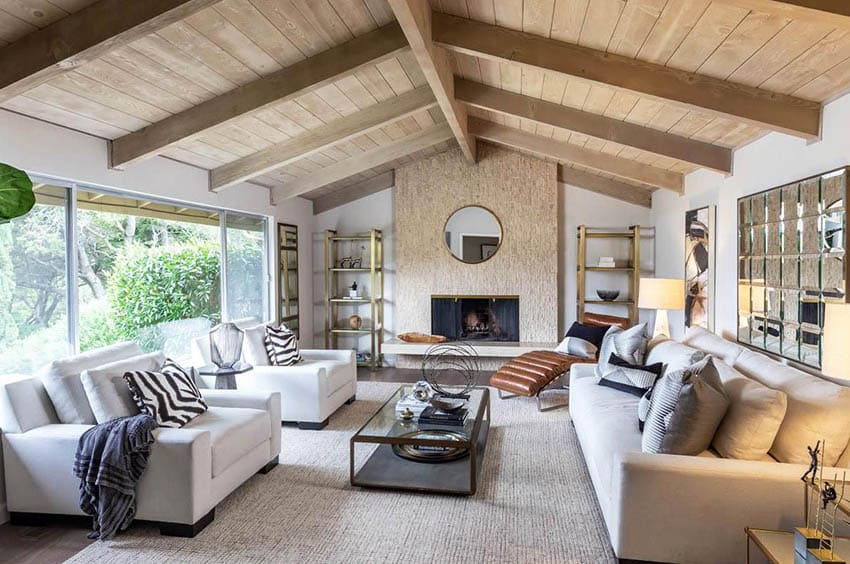When it comes to repainting your kitchen walls, one of the most important decisions you will make is choosing the right paint. The type of paint you use can have a big impact on the overall look and durability of your walls. Acrylic-based paints are a popular choice for kitchen walls as they are easy to clean and come in a wide range of colors and finishes. Semi-gloss or high-gloss paints are also recommended for kitchens as they are more resistant to moisture and stains compared to flat or eggshell finishes. Consider the lighting and overall style of your kitchen when choosing a paint color, and don't be afraid to try out samples before committing to a color.1. Choosing the Right Paint for Your Kitchen Walls
Proper preparation is key to achieving a professional finish when repainting your kitchen walls. Start by removing any outlet covers, switch plates, and light fixtures from the walls. Next, use a drywall compound to fill in any cracks or holes and sand down any rough spots. Give your walls a good cleaning with a mild detergent and warm water to remove any grease or grime. Lastly, protect your floors and countertops with drop cloths or plastic sheeting before you begin painting.2. How to Prep Your Kitchen Walls for Repainting
Now that your walls are prepped and ready, it's time to start painting! Begin by using a painter's tape to mask off any areas you don't want to paint, such as trim, cabinets, or backsplash. Then, use a roller to cover large areas of the wall with paint and use a brush to cut in around corners and edges. For best results, use long, smooth strokes and apply two coats of paint, allowing the first coat to dry completely before applying the second. Remove the painter's tape while the paint is still wet for clean, crisp lines.3. Step-by-Step Guide to Repainting Your Kitchen Walls
Repainting your kitchen walls can be a daunting task, but with a few tips and tricks, you can achieve a professional finish that will make your kitchen look brand new. Consider using a paint sprayer for a smooth and even coat of paint, or add a paint conditioner to your paint to help it spread more easily and reduce brush strokes. Don't overload your roller or brush with paint, as this can lead to drips and uneven coverage. And always work from the top of the wall down to avoid any drips or splatters.4. Tips for Achieving a Professional Finish When Repainting Kitchen Walls
The color of your kitchen walls can greatly impact the overall atmosphere and style of your space. Neutral colors such as white, beige, and gray are popular choices for kitchens as they provide a clean and timeless look. Warm colors like yellow, orange, and red can add warmth and energy to the room, while cool colors such as blue and green can create a calming and relaxing environment. Consider the size and lighting of your kitchen when choosing a color, and don't be afraid to add a pop of color with a bold accent wall.5. The Best Colors for Repainting Your Kitchen Walls
Repainting your kitchen walls doesn't have to break the bank. There are several ways to save money on your project without sacrificing the quality of the end result. Consider buying paint in bulk or during sales to get a better deal. You can also save money by doing the prep work and painting yourself instead of hiring a professional. Another tip is to choose a paint and primer in one, as this can save you time and money by reducing the number of coats needed.6. How to Save Money on Repainting Your Kitchen Walls
While repainting your kitchen walls may seem like a straightforward task, there are some common mistakes that can easily be made. One of the most common mistakes is not properly preparing the walls before painting, which can lead to a less-than-perfect finish. Another mistake is not using enough paint or not allowing enough drying time between coats, which can result in streaks or uneven coverage. It's also important to choose the right paint for your specific kitchen needs, such as a moisture-resistant paint for high-traffic areas.7. Common Mistakes to Avoid When Repainting Kitchen Walls
Having the right tools can make all the difference when it comes to repainting your kitchen walls. In addition to paint and a paintbrush or roller, you may also need a paint tray, painter's tape, drop cloths, and a putty knife for removing any old paint or filling in holes. If you're using a paint sprayer, make sure to read the instructions and practice on a spare piece of cardboard before using it on your walls. And don't forget to properly clean and store your tools for future use.8. How to Choose the Right Tools for Repainting Your Kitchen Walls
Deciding between repainting and wallpapering your kitchen walls can be a tough choice. Each option has its own pros and cons, and the best choice for your kitchen will depend on your personal preferences and budget. Repainting allows for more flexibility in terms of color and design, and it's generally easier and less expensive to change if you decide to update your kitchen in the future. Wallpaper, on the other hand, can add texture and pattern to your walls and is generally more durable and easy to clean.9. Repainting vs. Wallpapering: Which is Better for Your Kitchen Walls?
How often you should repaint your kitchen walls will depend on various factors, such as the type of paint used, the amount of wear and tear on your walls, and your personal preferences. Generally, you should consider repainting every 3-5 years to keep your walls looking fresh and to protect them from any damage. However, if your kitchen experiences a lot of moisture or cooking residue, you may need to repaint more frequently. Keep an eye out for any signs of chipping, cracking, or discoloration, and repaint as needed to maintain the overall look and integrity of your kitchen walls.10. How Often Should You Repaint Your Kitchen Walls?
The Importance of Choosing the Right Color for Your Kitchen Walls
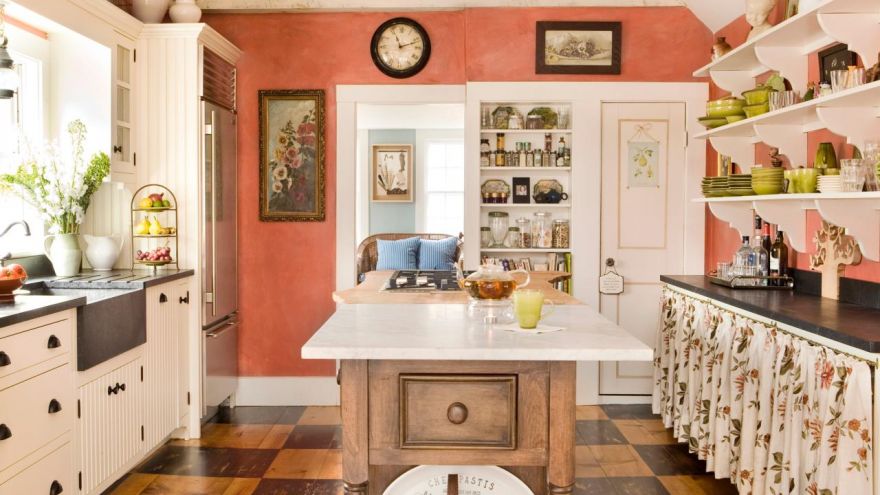
Creating a Welcoming Atmosphere
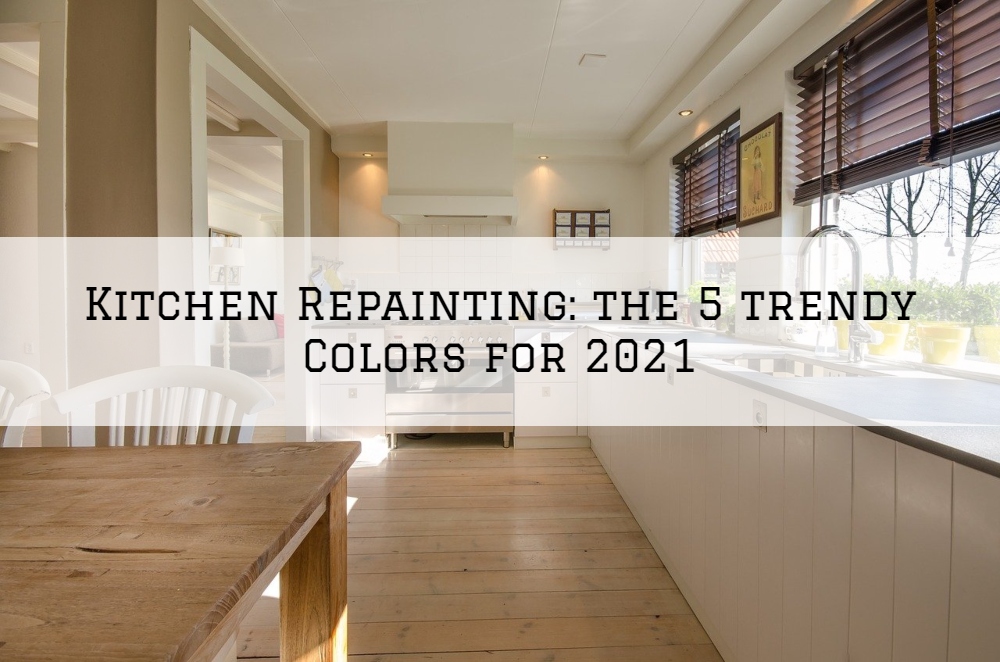 When it comes to designing your home, every little detail matters. From the furniture to the lighting, each element plays a crucial role in creating a comfortable and inviting atmosphere. One of the most important aspects of house design is
choosing the right color for your kitchen walls
. The color you choose can greatly affect the overall look and feel of your kitchen, making it a space that you and your family enjoy spending time in.
When it comes to designing your home, every little detail matters. From the furniture to the lighting, each element plays a crucial role in creating a comfortable and inviting atmosphere. One of the most important aspects of house design is
choosing the right color for your kitchen walls
. The color you choose can greatly affect the overall look and feel of your kitchen, making it a space that you and your family enjoy spending time in.
Choosing the Right Color
 The first step in
repainting your kitchen walls
is choosing the right color. This decision can be overwhelming, as there are endless options available in the market.
Neutral colors
such as white, beige, and gray are popular choices for kitchen walls as they provide a clean and timeless look. These colors also allow for flexibility in terms of decorating and adding pops of color through accessories and decor. On the other hand,
bolder colors
like red, blue, and green can add personality and a vibrant touch to your kitchen. However, it is important to consider the size and natural lighting of your kitchen before opting for a bold color.
The first step in
repainting your kitchen walls
is choosing the right color. This decision can be overwhelming, as there are endless options available in the market.
Neutral colors
such as white, beige, and gray are popular choices for kitchen walls as they provide a clean and timeless look. These colors also allow for flexibility in terms of decorating and adding pops of color through accessories and decor. On the other hand,
bolder colors
like red, blue, and green can add personality and a vibrant touch to your kitchen. However, it is important to consider the size and natural lighting of your kitchen before opting for a bold color.
Creating a Focal Point
 Another important aspect to consider when choosing the right color for your kitchen walls is creating a focal point. This can be achieved by using a
feature wall
in a different color or pattern, or by incorporating a
statement piece
such as a colorful backsplash or artwork. This not only adds visual interest to the space but also allows you to showcase your personal style.
Another important aspect to consider when choosing the right color for your kitchen walls is creating a focal point. This can be achieved by using a
feature wall
in a different color or pattern, or by incorporating a
statement piece
such as a colorful backsplash or artwork. This not only adds visual interest to the space but also allows you to showcase your personal style.
Reflecting Your Lifestyle
 The color of your kitchen walls should also reflect your lifestyle and the purpose of the space. For example, if you love to cook and entertain, warm and inviting colors like yellow and orange can create a cozy and welcoming atmosphere. If your kitchen is mainly used for quick meals and on-the-go snacks, cooler colors like blue and green can create a calming and relaxed environment.
The color of your kitchen walls should also reflect your lifestyle and the purpose of the space. For example, if you love to cook and entertain, warm and inviting colors like yellow and orange can create a cozy and welcoming atmosphere. If your kitchen is mainly used for quick meals and on-the-go snacks, cooler colors like blue and green can create a calming and relaxed environment.
Conclusion
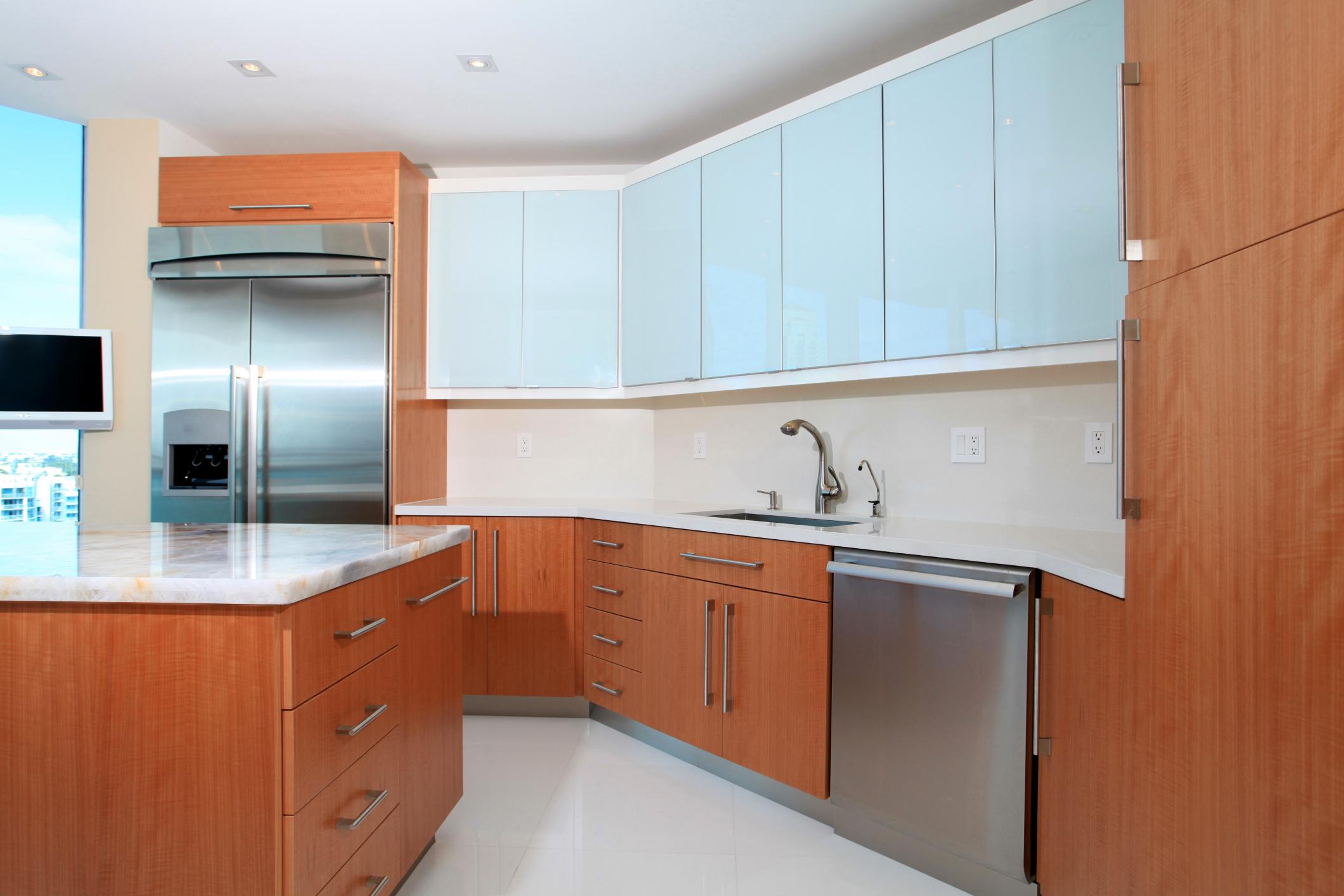 In conclusion,
repainting your kitchen walls
is a crucial step in house design. It not only sets the tone for the entire space but also reflects your personal style and lifestyle. Remember to choose a color that creates a welcoming atmosphere, reflects your personality, and adds visual interest to the space. With the right color, your kitchen will become the heart of your home.
In conclusion,
repainting your kitchen walls
is a crucial step in house design. It not only sets the tone for the entire space but also reflects your personal style and lifestyle. Remember to choose a color that creates a welcoming atmosphere, reflects your personality, and adds visual interest to the space. With the right color, your kitchen will become the heart of your home.



